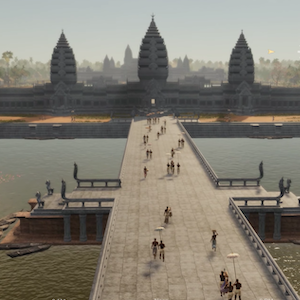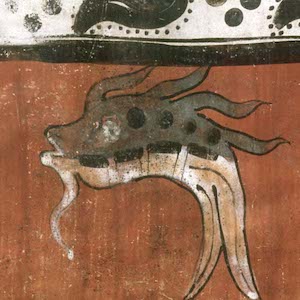Environment

United Nations Children’s Fund (UNICEF)
Teachers of modern history and regional or world geography will find a wealth of primary sources on this site that can contribute to filling in a realistic picture of children's situations and the economic, public health, scientific, social, cultural, and political issues that affect them, as
Tibetan and Himalayan Digital Library
Users willing to delve deeply into the various sections are rewarded with a vast amount of primary materials in the form of texts, videos, images, and maps.Is Poland Lost?
These brief excerpts from a longer report by the environmental organization Greenpeace highlight the ecological collapse that was taking place all across Eastern Europe by the early 1980s. As extreme as the Polish case sounds, it was unfortunately typical rather than exceptional.

Virtual Angkor
The curated videos alone would be an engaging resource for teaching the history of Angkor, but the site goes further by providing three well designed teaching modules that make use of the sites' resources to explore scholarly themes.An Emerging Environmental Movement
In 1984, the Czechoslovak and Hungarian governments announced a new public project: the Gabcikovo-Nagymaros complex on the Danube River, a 3 billion dollar water project, that would involve the construction of two massive dams (one in each country) and a series of hydroelectric plants.
The Campaign to Save the Danube River
In 1984, the Czechoslovak and Hungarian governments announced a new public project: the Gabcikovo-Nagymaros complex on the Danube River, a 3 billion dollar water project, that would involve the construction of two massive dams (one in each country) and a series of hydroelectric plants.
Samizdat, Air Pollution
Pollution from the Black Triangle was a tremendous source of water and air pollution in Eastern Europe, but it was not the only source.

New York Public Library Digital Collections
The NYPL Digital Collection provides access to over 755,000 images digitized from primary sources and printed rarities, including illuminated manuscripts, vintage posters, illustrated books, and printed ephemera.
Caribbean Views
The online collection is of extraordinary quality, both in terms of the scanned images and the contextual detail provided.